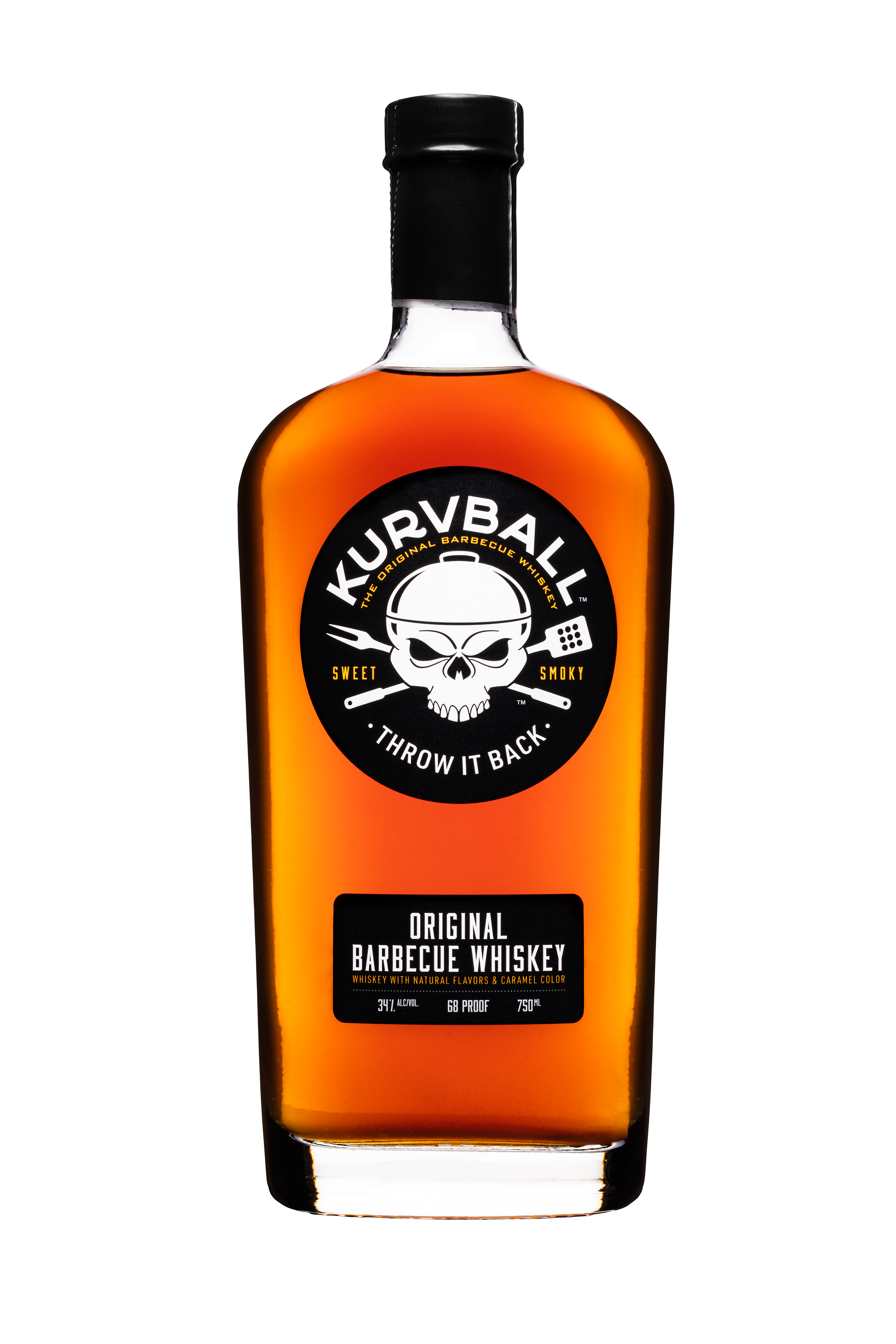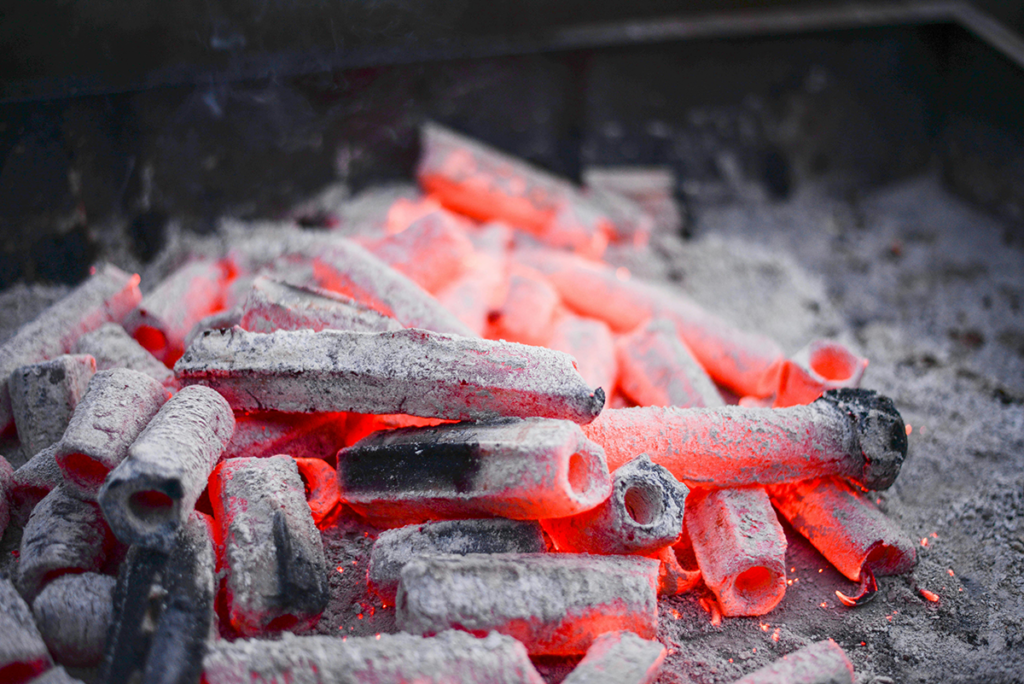There’s something about a smoky BBQ that makes everyone stop, savor, and dive in for more. But have you ever wondered why wood-fired cooking gives BBQ that deep, smoky flavor that gas or electric grills just can’t? Here’s a breakdown of the science behind smoky BBQ – and why that charred, savory goodness has become the stuff of legends.
The Smoke Show: How Wood Adds Flavor
When you fire up a grill with wood, you’re not just cooking; you’re adding layers of complex flavors to your food. Wood isn’t just fuel – it’s a flavor generator, thanks to the way it combusts. Here’s a closer look at what makes wood smoke so unique:
The Chemistry of Combustion
Wood is made up of carbon, hydrogen, and oxygen, along with small amounts of other compounds. When wood burns, these elements break down, releasing a medley of flavorful compounds like guaiacol, syringol, and phenols. Guaiacol is what gives you that familiar smoky flavor, while syringol adds a slightly spicy, earthy aroma. Together, they create a sensory experience that’s hard to beat.
Heat and Pyrolysis
Wood burns through a process called pyrolysis, where heat breaks down the wood without using oxygen. This breakdown produces a range of compounds that contribute to smoky flavor. Different woods bring unique flavors – think of hickory’s boldness, mesquite’s intensity, or applewood’s subtle sweetness. When pyrolysis kicks in, you’re tasting a distinct flavor profile that varies based on the wood’s natural composition.
Maillard Reaction: The Sear That Seals the Deal
If you’ve ever wondered why smoked meats have that perfect, crispy outer layer, it’s all thanks to the Maillard reaction. This is when proteins and sugars in the meat break down and caramelize, creating a deep brown, crispy crust. Wood smoke enhances this process by adding its own smoky compounds, giving BBQ that perfect sear and a burst of flavor that’s both savory and a little bit sweet.
Terpenes and Phenols: Wood’s Secret Ingredients
Terpenes and phenols are organic compounds found in wood that bring unique flavors. Terpenes are behind the aromatic hints of pine or citrus in different woods, while phenols lend smoky, medicinal notes that make BBQ stand out. These compounds are why every type of wood tastes different – and why choosing the right wood for your BBQ is half the fun.
Why Wood-Fired BBQ Outshines Gas and Electric
Grilling over wood is a time-honored tradition because wood smoke provides flavors that gas and electric grills can’t replicate. Sure, gas grills are convenient, but the simplicity of propane just doesn’t bring those complex, smoky flavors. Gas burns cleanly, without the terpenes, phenols, and other flavorful compounds that wood releases during combustion.
Electric grills also miss the mark on smoke, as they don’t reach the high temperatures necessary for pyrolysis. When you’re grilling on wood, you’re not just cooking; you’re infusing flavors that come directly from nature. It’s like taking a trip to flavor town without leaving your backyard.
The Role of Smoke Density: Not All Smoke Is Created Equal
If you’ve spent time around BBQ enthusiasts, you’ve probably heard of “thin blue smoke” – the holy grail of wood-fired cooking. Thin blue smoke means you’ve got a clean burn, where only the right amount of smoke particles are being released, lending just the right amount of smoky flavor without overdoing it. Thick white or black smoke can turn your BBQ bitter and harsh, so when you see that clean, faint blue smoke, you know your BBQ game is on point.
Popular Woods for Smoking and What They Bring to the Grill
If you’re new to wood-fired grilling, here’s a breakdown of popular wood choices and the unique flavors they offer:
Hickory: Bold and savory with a slight sweetness. It’s great for pork and beef and adds that “classic” BBQ flavor most people think of when they imagine smoked meat.
Mesquite: A strong, earthy flavor that’s perfect for red meats. It burns hot and fast, so it’s great for short cooks or when you want to pack a smoky punch.
Applewood: A bit more delicate, with a light, sweet smoke. Applewood is ideal for poultry and pork, adding a fruity undertone without overpowering the meat.
Cherrywood: Similar to applewood but with a slightly deeper flavor. It’s popular for ribs and pairs well with sauces or rubs that have a little sweetness.
Pecan: Somewhere between hickory and fruit woods, pecan gives a rich, nutty flavor that’s great with chicken, pork, and even brisket.
Around the World: How Different Cultures Embrace Smoky BBQ
America isn’t the only place that’s mastered smoky BBQ. Cultures around the world have their own spin on this ancient tradition, each adding a distinct flair.
Korean BBQ: Known for its sweet, smoky marinades, Korean BBQ often uses fruit woods and charcoal to impart a unique, mild smoky flavor to thin cuts of beef and pork.
Argentinian Asado: Argentina’s answer to BBQ, asado is all about the open flame. Meat is cooked over a slow wood fire, typically using woods like quebracho, which gives it a mild smokiness and lets the meat’s natural flavors shine.
Japanese Yakitori: In Japan, skewers of chicken and other meats are grilled over binchotan charcoal, a special type of high-quality charcoal that burns clean and imparts a subtle smoky flavor without masking the taste of the meat.
Indian Tandoor: In India, tandoor ovens use wood or charcoal to reach blistering temperatures. The meat or bread is cooked directly on the walls of the clay oven, giving it a smoky, slightly charred flavor that’s truly unique.
Experimenting at Home – Take Your BBQ Game to the Next Level
If you’re ready to fire up some smoky BBQ at home, try experimenting with different wood types, adjusting your smoke density, or even trying a reverse-sear method to lock in flavors. The beauty of BBQ is that there’s no one “right way” – it’s all about finding what works for you and bringing out those smoky flavors to the fullest.
And while we’re on the topic of smoky flavors, here’s a tip: try pairing your BBQ spread with a shot of Kurvball Whiskey. With its own smoky, savory twist, Kurvball brings out the best in wood-fired BBQ, adding a bold layer of flavor that keeps the good times going. BBQ and Kurvball – now that’s a match made in flavor heaven.


